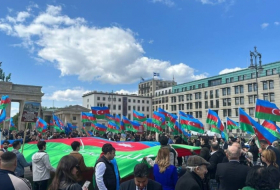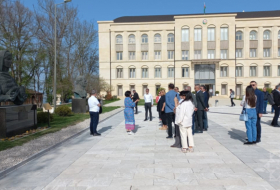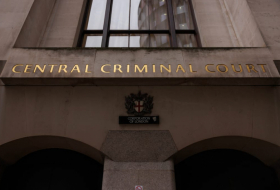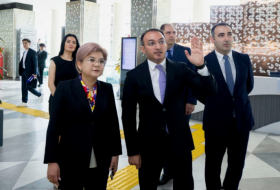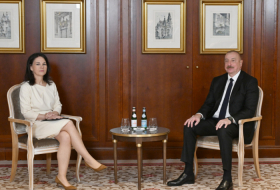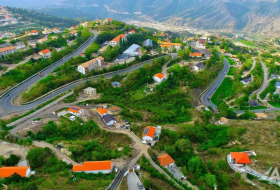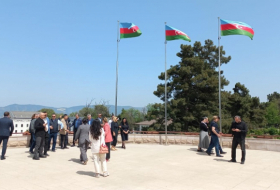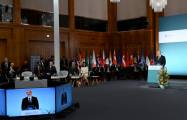At least 8,000 buildings, many concentrated in the historic quarters of Gemayzeh and Mar Mikhael, were affected, said Sarkis Khoury, director general of antiquities at Lebanon’s Ministry of Culture, according to Unesco. Among them are some 640 historic buildings, approximately 60 of which were at risk of collapse, he said.
Also affected was Beirut’s eastern neighbourhood of Achrafieh where the landmark Sursock museum is located. Other neighbourhoods that are home to the National Museum and the Archaeological museum of the American University of Beirut were damaged too, Unesco said. Damaged structures also included art galleries and religious sites.
On 4 August, 2,750 tons of ammonium nitrate stored at Beirut’s port blew up, obliterating the city’s main commercial hub and damaging large swathes of the Lebanese capital. The blast, the most destructive in the country’s troubled history, killed more than 170 people, wounded more than 6,000 and caused damage worth $10bn-$15bn.
The FBI will join Lebanese, French and other international investigators in the inquiry after being invited by Lebanese authorities.
Lebanese officials agreed on Thursday to name a judicial investigator to lead the inquiry under the auspices of the supreme judicial council, which handles crimes that infringe on the country’s national security, as well as political and state security crimes.
The most-affected areas were Gemayzeh and Mar Mikhael, which face the port and are known for their active night life, with many old buildings turned into pubs or restaurants.
“The international community has sent a strong signal of support to Lebanonfollowing this tragedy,” said Ernesto Ottone Ramirez, assistant Unesco director general for culture. “Unesco is committed to leading the response in the field of culture, which must form a key part of wider reconstruction and recovery efforts.”
There have been concerns for years in Lebanon about historic buildings being sold and then demolished to be replaced by high rises. There have been reports in recent days that middlemen have been contacting owners of damaged historic buildings and offering high prices to buy their property.
Ghazi Wazni, the caretaker finance minister, issued a decree on Wednesday preventing the sale of any historic building without permission from the Ministry of Culture. The move aims to prevent any “exploitation,” the finance ministry said.
Abbas Murtada, the caretaker minister of culture, said on Thursday his ministry was working to prevent exploitation by businessmen adding that the restoration of the damaged historic buildings was estimated to cost about $300m. He added that teams from his ministry were developing plans to renovate the buildings.
The World Bank, in a preliminary assessment, said about 50,000 residential units were damaged and 80% of residential buildings and infrastructure were affected by the blast, aside from the destruction to the port.
An earlier estimate from Beirut governor, Marwan Abboud, said the blast caused $10bn-$15bn in damage, with nearly 300,000 people left homeless.
On Thursday, Lebanon’s parliament approved a state of emergency in Beirut in its first session since the explosion, granting the military sweeping powers amid rising popular anger at official corruption and mismanagement and political uncertainty.
The disaster has raised popular fury toward Lebanon’s leaders to a new level as the country reels from an unprecedented economic and financial crisis, along with the coronavirus pandemic.










